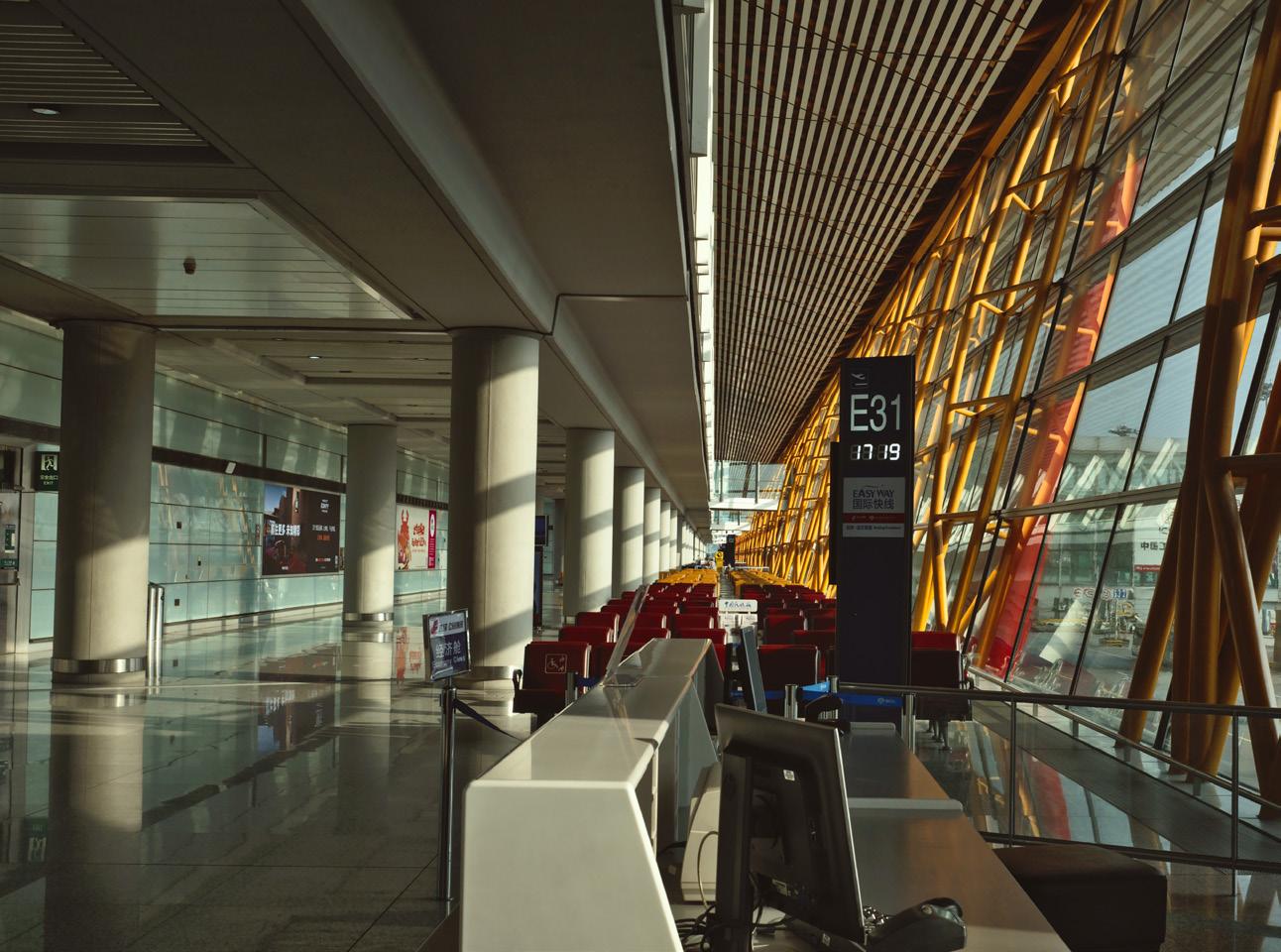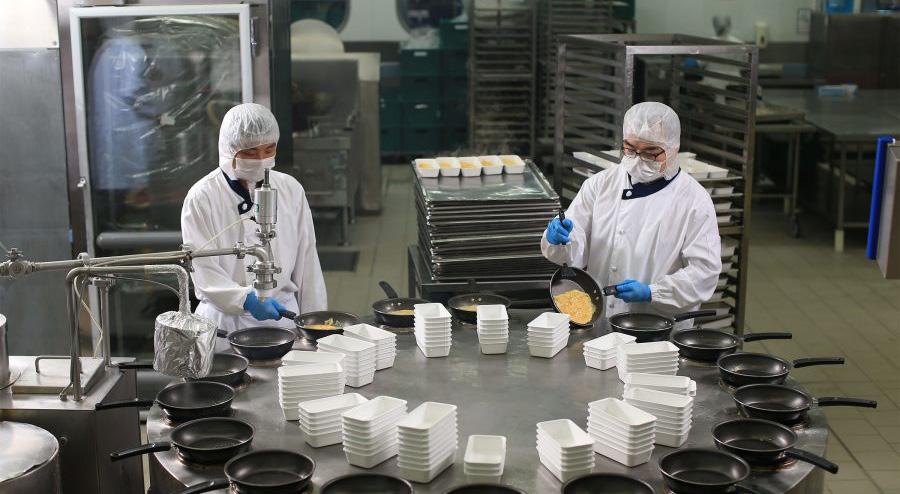
7 minute read
A review of SAS’s new ad campaign, ‘What is truly Scandinavian’
Last month SAS released a new advertising campaign called ‘What is truly Scandinavian.’ The fact that it is hugely controversial can be seen in the fact that it received 14k likes, but 115k dislikes on YouTube.
Here, Marc Weber Bång, CEO of the SimpliFlying Global Institute, who is Danish, gives his opinion about what did and didn’t work in the campaign.
Advertisement
SAS - Scandinavian Airlines released a new video ad last month titled “ What is truly Scandinavian”? However, it was taken down shortly after and then re-posted by the airline.
I want to try and disseminate what might have happened here, and why SAS received so many negative comments and dislikes, and try to offer my views in terms of what I think worked in this video and what did not.
Before I offer my opinion, I should disclose that I am Danish. I have worked for SAS myself, and between five family members, we have more than 100 years of experience in the company. I have also flown with SAS more than any other airline, and I even hold stock in the company too.
However, as a part of my work in running the SimpliFlying Global Institute, I constantly analyse airline ads from all over the world, write articles, produce training materials and presentations where I offer my unbiased opinions, so I will endeavour to do the same here.
Travellers Bring Home Great Ideas
The overall message here is: Travellers Bring Home Great Ideas. Which I think is a fantastic message. In the words of SAS:
I couldn’t agree more. Travel brings the world together, and through it we transcend borders and break down barriers, learn new languages and customs, increase our tolerance, and become more educated and open towards other cultures and people.
So why did this receive so much hate? Just look at the social media stats:
On Facebook, 50% off all reactions were. On the other hand, over 4000 liked or loved it, so it really splits the waters here.
The story also got featured in major news outlets and aviation blogs like BBC News, One Mile at a Time, New York Post, ABC News and Reuters to name but a few, and even some Scandinavian politicians have also criticised the ad saying they would not feel good about flying with them again.
SAS had to come out with a statement as well explaining why they took it down.
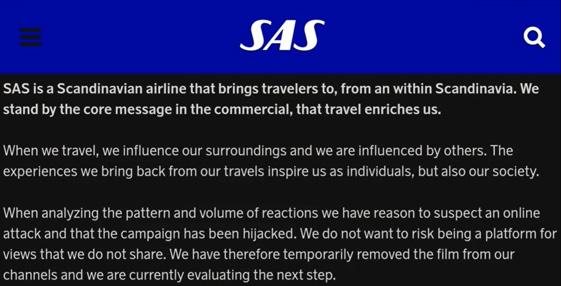
Cyber attack or not, they own up to it. I think that is a good thing, since they made it for a reason.
So let us take a deep breath, and let me dig into the ad and find out why it came to this.
Step by step analysis
The ad starts out by asking - What is truly Scandinavian? Then the shocker:
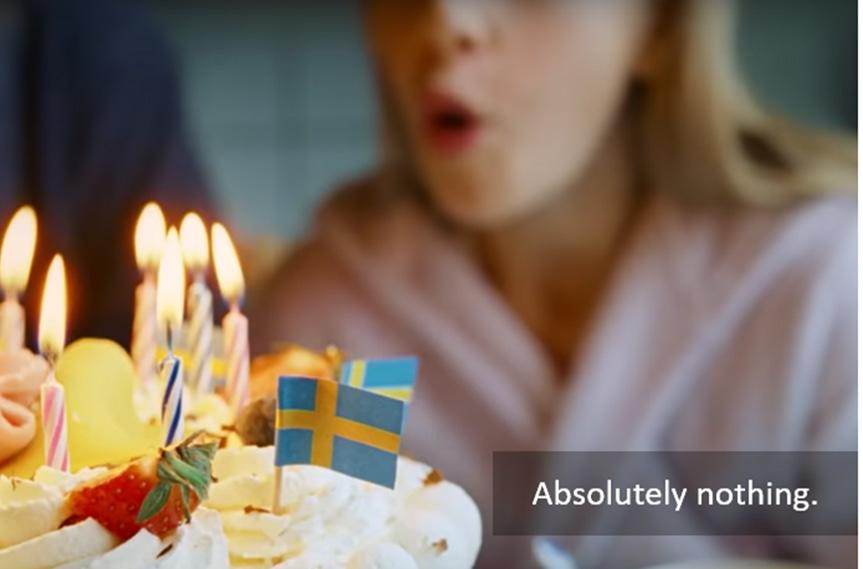
At first I thought: Where is this going!
And I will admit that I was slightly shocked and surprised since I know that SAS brands itself on having Scandinavian DNA, which is very obvious throughout the entire customer journey, from using local Scandinavian suppliers for food & beverages and other partners, to showcasing Scandinavian design everywhere they can, be it in the lounge, the aircraft livery, or the on-board experience.
But now you are saying that absolutely nothing is truly Scandinavian? That is quite the statement.
From a marketing perspective, kudos to SAS for creating a true “shock value” here! People will for sure remember this, for better or for worse. This is something that not many airline campaigns manage to do nowadays.
On the more emotional front, and from a cultural perspective, this is where your typical danish eating Dane, your meatball loving Swede or winter bathing Norwegian might get a bit upset. Because didn’t SAS just attribute so many of our local icons and cultural identity to Holland, Turkey, Austria, Persia (Iran) and China?
At this point, I was actually fascinated about these random facts that SAS pulled out the hat. To take one example - danish is not DANISH?
I then realised why we in Denmark call these types of pastries “Wienerbrød” which translated directly means, Bread from Vienna.
Apparently some bakers from Austria came to Denmark in the 1850’s, because the Danish bakers went on a strike, and they then introduced their own traditional baking recipes, which of course has evolved since then, and now become a Danish thing that has helped put us on the map.
Thanks Austria, and well done Denmark for taking it and running with it!
Another scene which got people talking is when someone with African heritage is featured referring to “our Viking ancestors”.
Of course, I personally don’t mind that they have chosen an African looking man (who may well have lived in Scandinavia his whole life) to talk about “Viking heritage”.
However, since this is a video, so a visual aid, there is only a short frame in which he features with no explanation or context for the viewer.

Luckily, aviation is one of the most inclusive industries on the planet, and Scandinavia is also a very inclusive region, which I think is what SAS tried to capture here.
Conclusions
Ok, let’s move on and finish this up.
The video continues to talk about how Scandinavia in a way was brought here piece by piece, by everyday people, by bringing home the best of the world from their travels, and that they can’t wait to see what their passengers will bring home next.

All in all, I liked this ad, and it was a fresh and new style that I have not seen SAS take before. It made me think. However, had I been in charge of making it, I would have most likely tweaked it a bit here and there, and maybe even reversed the order of the messages.
And to all of my fellow Danes, Swedes and Norwegians, my fellow Scandinavians, remember that the examples portrayed by SAS are very few, and that each of our countries have many things that are TRULY Scandinavian, but just did not make any sense to include in this video.
So just to end on a good vibe and make us all feel a bit better about our national culture, identity, traditions, food, and heritage (Yes, I am still baffled about the pastries!) I have found a few good examples that WE have brought to the world, and not the other way around.
Sweden:
Making affordable furniture - IKEA, making some of the safest cars in the world -That’s you Volvo, inventing Pippi Langstrømpe - Astrid Lindgren did that. Let us not forget “ Fika” which essentially is a cultural thing and a word for a coffee and cake break. Zlatan?
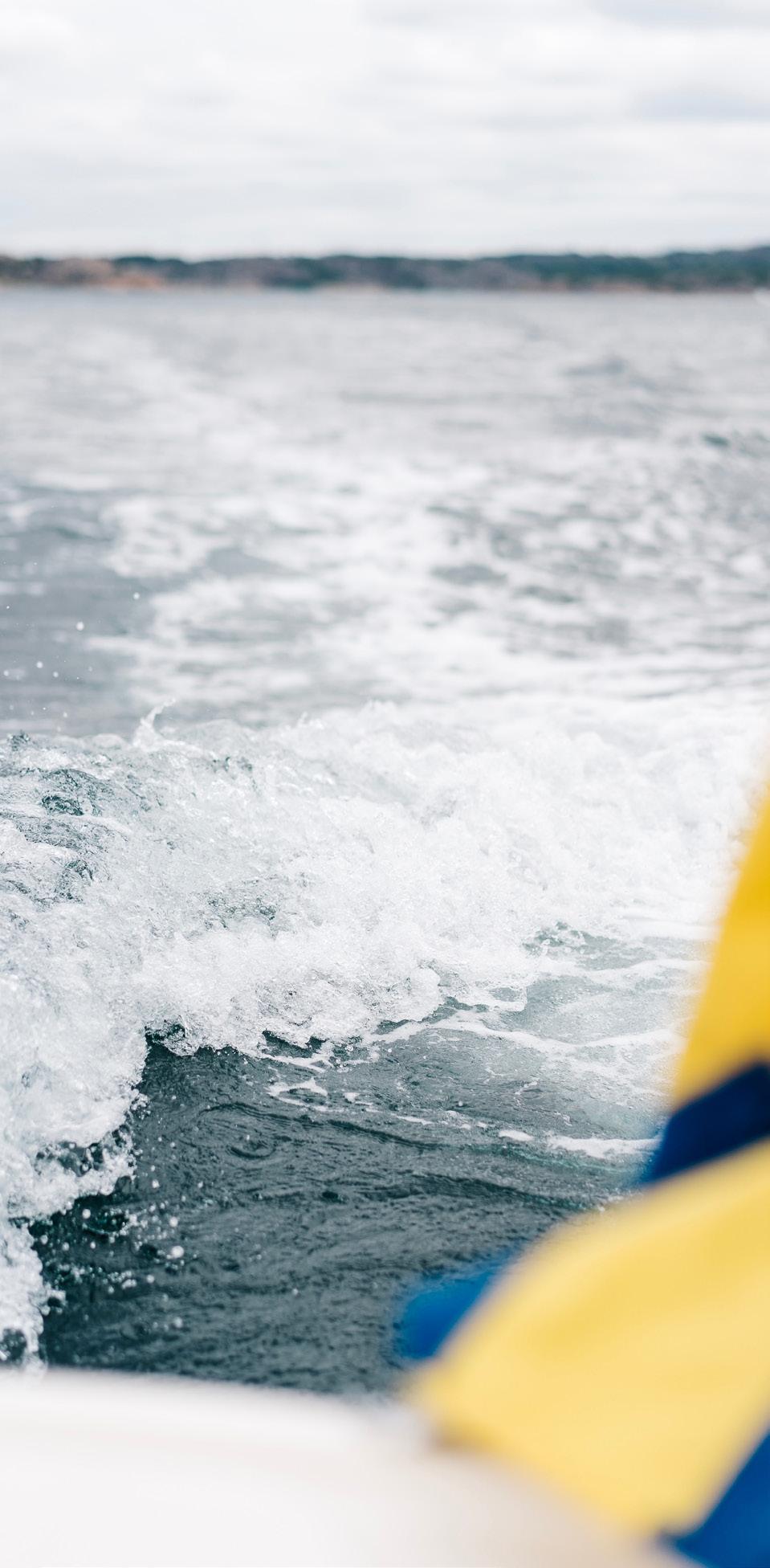
Denmark:
Hygge, Danish Butter Cookies, LEGO, First official flag in the World, Hans Christian Andersen and his amazing fairy tales, Bakken and Tivoli - the two oldest amusement parks in the world, Michael Laudrup and Peter Schmeichel!
Norway:
The Nobel Peace Prize, the country that invented skiing, Christmas trees (including the one in London’s Trafalgar Square every year), Edward Munch, Salmon and more Winter Olympics medals than any other country.
Let me know what you think of the ad, and about this article, write me a line at marc@simpliflying.com
About the author
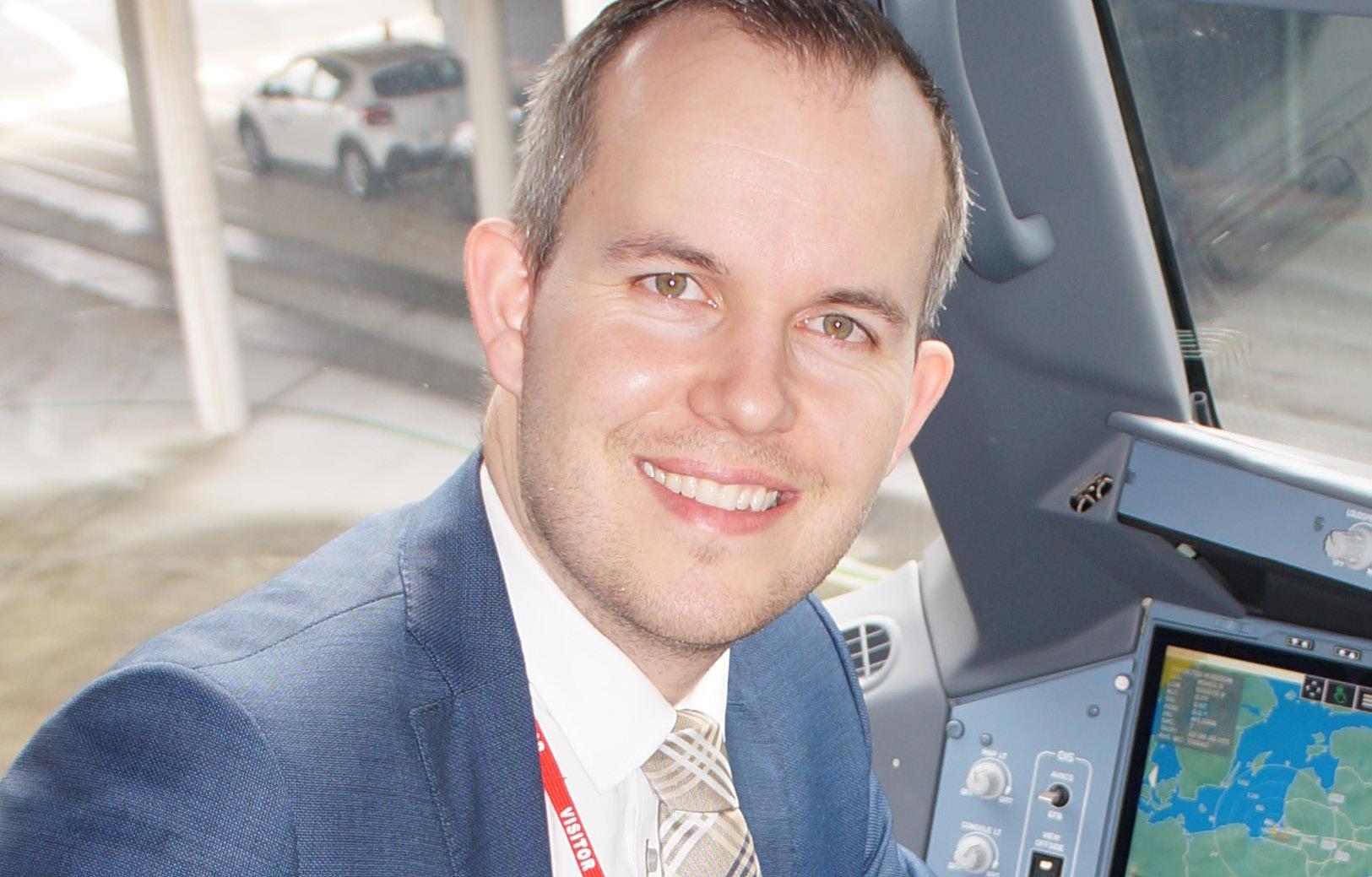
Marc Weber Bång is the CEO of the SimpliFlying Global Institute, and has 6 years of experience of working within the airline industry. He holds an MSc Air Transport Management degree from Cranfield University, and a Bachelor Degree in International Marketing & Sales.
Marc has been featured in FlightGlobal AirlineBusiness publication, the SimpliFlying blog, Airline Marketing Monthly and has over 250.000 views on his LinkedIn posts. With a passion for travelling, languages and cultures, Marc has lived in Denmark (where he is from), Sweden, England, China and Spain, where he now resides with his wife.
Marc has developed public speaking and award winning presentation skills since before he turned 10, and has given training sessions, led panel discussions, given talks, masterclasses and presentations to crowds of up to 600+ people. He is a lifelong traveller, who has flown with over 40 airlines, to more than 30 countries, on 160 different routes, to more than 60 airports.
Email: Marc@simpliflying.com; Mobile: +34 643 683 883

